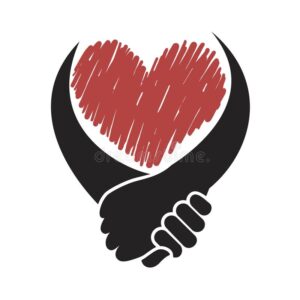 We’re familiar with the words of prayer – the supplications and rituals that are used to soothe and comfort. But, where within those words lies the power of prayer?
We’re familiar with the words of prayer – the supplications and rituals that are used to soothe and comfort. But, where within those words lies the power of prayer?
Today is Martin Luther King Day, and a time of remembering how we gather as a society. One of Bruce Springsteen’s songs, “The Power of Prayer,” evokes a liminal space where the heart longs, and also comes to peace and acceptance. But rather than the lyrics referring to Biblical (or any other religious) verses, the song describes everyday situations where there’s a small moment of appreciation, a gap between intention and observation, where the glisten of a life fully lived can enter.
“Summer nights, summer’s in the air
I stack the tables with the chairs
It’s closing time then you’re standing there
Baby, that’s the power of prayer”
Bruce Springsteen, The Power of Prayer lyrics © Universal Music Publishing Group
The lyrics resonate with me as a healthcare chaplain, where I often found that the real power of prayer was in evoking those moments and memories – which were sometimes expressed in a religiously informed language – but at other times through simple human connection and appreciation.
Prayer at those times was sometimes to a higher being, but was equally present in an acknowledgement of shared human activities and aspirations. It could be a Christian, Buddhist, Jewish ritual, or alternatively the softening of the heart that comes from talking about Philadelphia’s football team. Always a shift, from the mind being held, looking, often with anxiety, to a relaxation of awareness into a larger open space. At that moment the power of prayer – the heart calling out then opening – is uncovered.
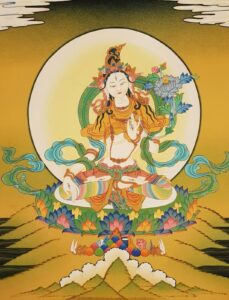 These days, uncertainty and suffering seems to pervade our experience – whether it be connected to environmental change, political posturing, or social unrest. Buddhist contemplative practices encourage the practitioner to connect to Tara through images and supplications for her for health, longevity, and protection from obstacles. Tara is often invoked as an energetic quality – a diety who embodies compassion and wisdom. We are encouraged to *become* Tara – through the confidence that our mind is inseparable from the enlightened brilliance and peacefulness that Tara represents.
These days, uncertainty and suffering seems to pervade our experience – whether it be connected to environmental change, political posturing, or social unrest. Buddhist contemplative practices encourage the practitioner to connect to Tara through images and supplications for her for health, longevity, and protection from obstacles. Tara is often invoked as an energetic quality – a diety who embodies compassion and wisdom. We are encouraged to *become* Tara – through the confidence that our mind is inseparable from the enlightened brilliance and peacefulness that Tara represents.
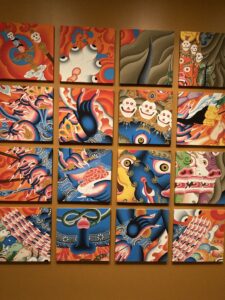
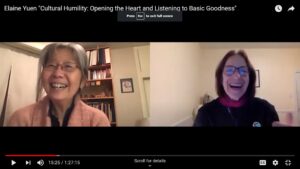
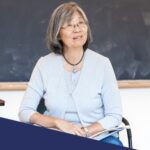 “How do we blend contemplative practice with service in the world? How can we extend ourselves, offer ourselves to that world in an authentic way? One where we’re not burning out at the same time? How can we support people both at the peak of tragedy, getting over the most difficult parts, as well as the lasting repercussions? We meet people there, with them, where they are, with an open heart, acknowledging with them moment by moment by moment. I feel that’s where our contemplative practices are most supportive, helping us be more present with that moment to moment disillusion. There is one moment – the one moment that is all of our life really.”
“How do we blend contemplative practice with service in the world? How can we extend ourselves, offer ourselves to that world in an authentic way? One where we’re not burning out at the same time? How can we support people both at the peak of tragedy, getting over the most difficult parts, as well as the lasting repercussions? We meet people there, with them, where they are, with an open heart, acknowledging with them moment by moment by moment. I feel that’s where our contemplative practices are most supportive, helping us be more present with that moment to moment disillusion. There is one moment – the one moment that is all of our life really.”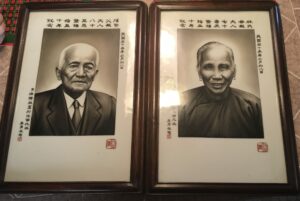 I’m sitting in DIA waiting for my plane to DC. Along with me are the ceramic tablets that my cousin Margo gave me a couple of weeks ago in Lodi – they were commissioned by Uncle Harry (in Hong Kong? China?) and are 30 pound large photos inscribed on white ceramic of my two grandparents on my mother’s side, who died in China and whom I never knew.
I’m sitting in DIA waiting for my plane to DC. Along with me are the ceramic tablets that my cousin Margo gave me a couple of weeks ago in Lodi – they were commissioned by Uncle Harry (in Hong Kong? China?) and are 30 pound large photos inscribed on white ceramic of my two grandparents on my mother’s side, who died in China and whom I never knew. 
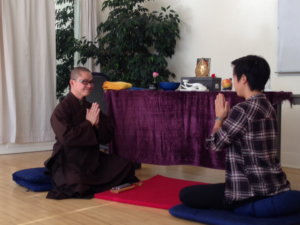 Generosity is the virtue that produces peace.
Generosity is the virtue that produces peace.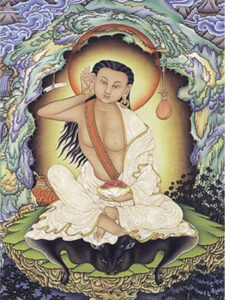 Beloved wish-fulfilling jewel and emanation body
Beloved wish-fulfilling jewel and emanation body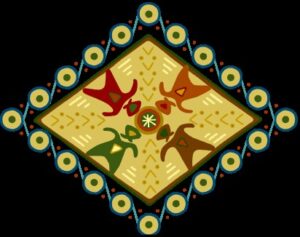 As meditation instructors and leaders in our centers, we might often find ourselves working with individuals with diverse personal qualities and motivations. Part of our practice as leaders is to develop genuine communication and connection with them, and their manifestations of basic goodness. To do this, we might want to consider how our own diverse qualities manifest skillfully in our interactions.
As meditation instructors and leaders in our centers, we might often find ourselves working with individuals with diverse personal qualities and motivations. Part of our practice as leaders is to develop genuine communication and connection with them, and their manifestations of basic goodness. To do this, we might want to consider how our own diverse qualities manifest skillfully in our interactions.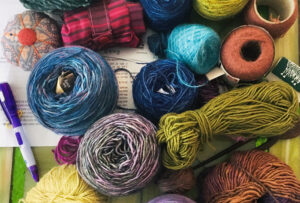 The age old practice is that women get together to knit, and in the process share stories, knitting tips, personal problems and gossip – all is interwoven into a practice that soothes the soul by sharing, not just the tactile and esthetic sensations of the yarn, the colors, the neat stitches, and the finished product, but also the inner landscape of the color and heat of joy, disappointment, remembrance.
The age old practice is that women get together to knit, and in the process share stories, knitting tips, personal problems and gossip – all is interwoven into a practice that soothes the soul by sharing, not just the tactile and esthetic sensations of the yarn, the colors, the neat stitches, and the finished product, but also the inner landscape of the color and heat of joy, disappointment, remembrance.